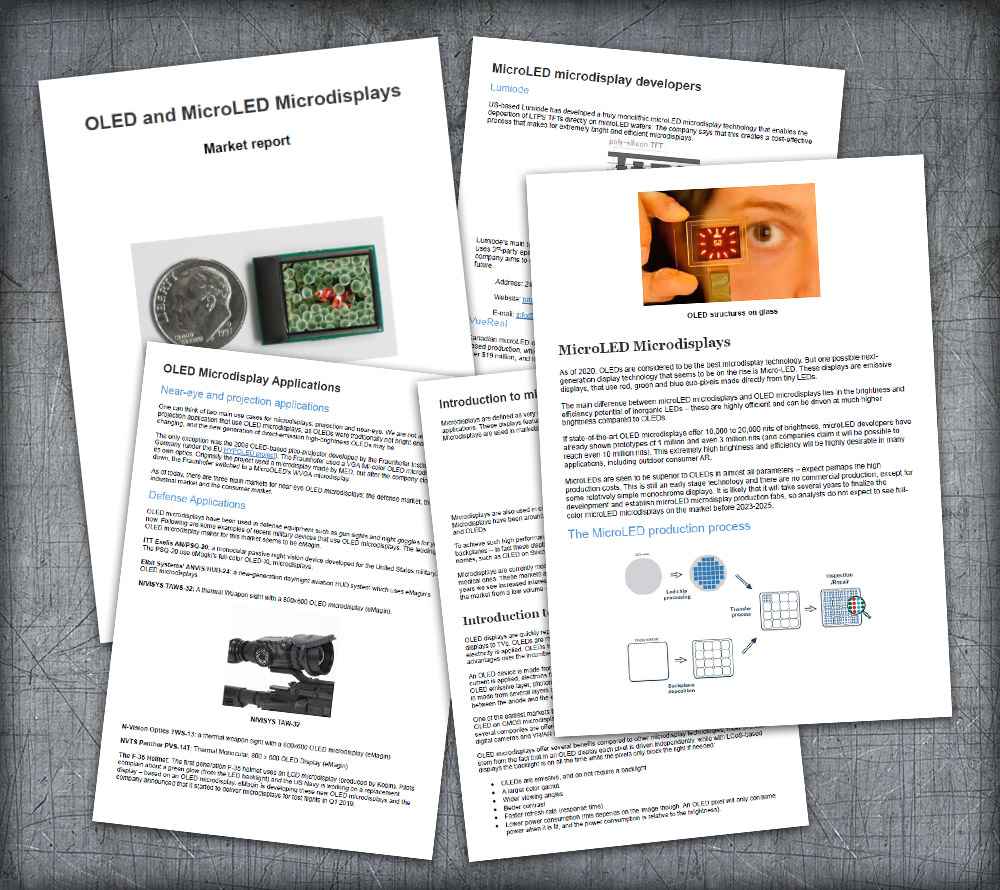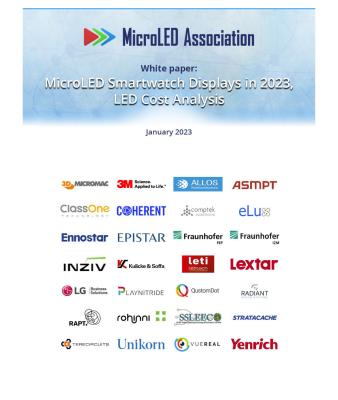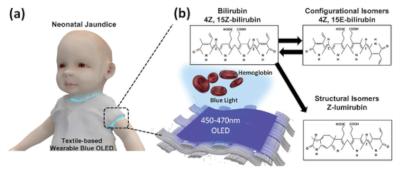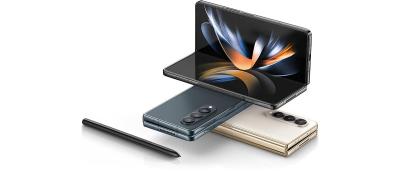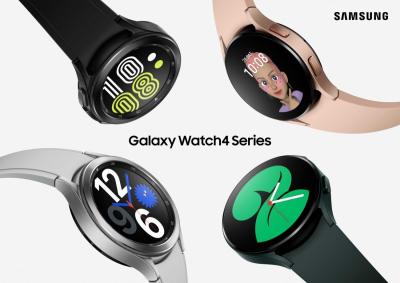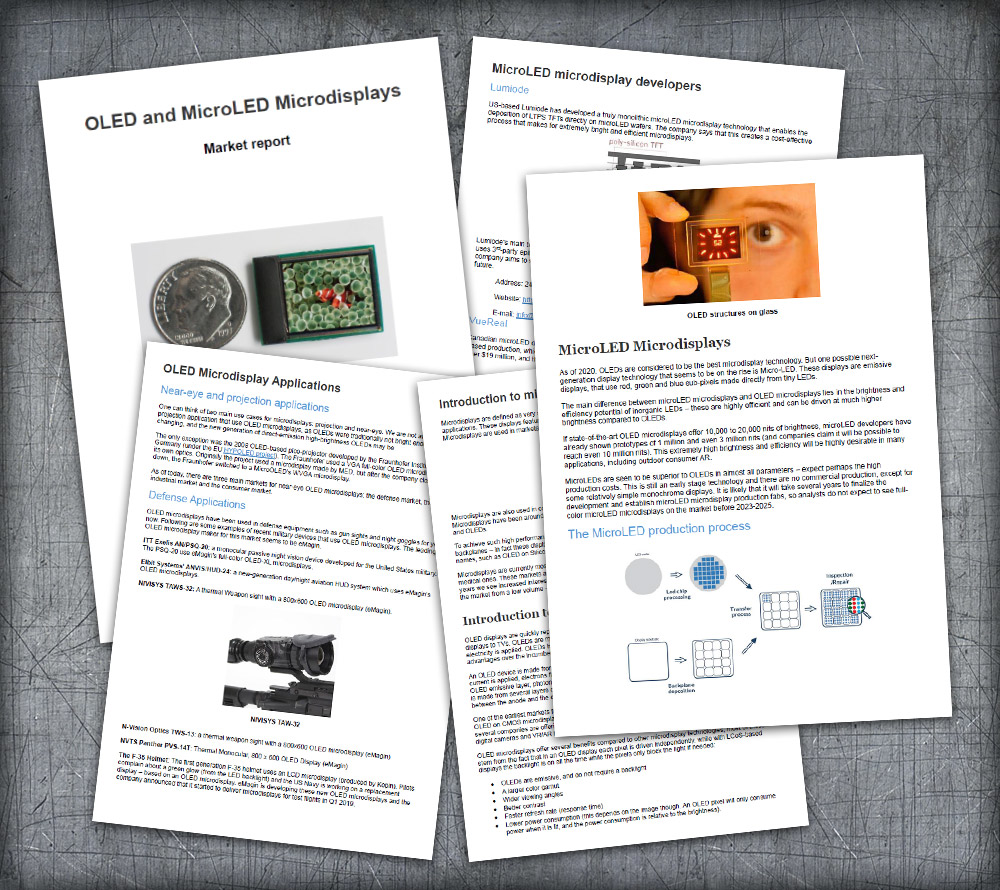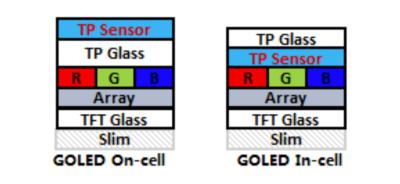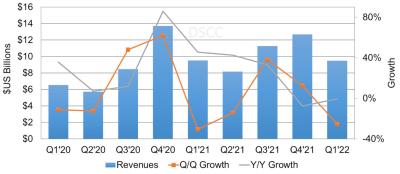A new version of our OLED and MicroLED Microdisplay Market report released
Today we published a new edition of our OLED and MicroLED Microdisplays Market Report, with all the latest information. The new edition, which includes our yearly report overhaul, offers more than 15 new updates, new companies, new brochures and attached files, more than 5 new devices and more.
Reading this report, you'll learn all about:
- The advantages of OLED and MicroLED microdisplays
- The microdisplays that are available on the market today
- Information on all companies involved in this market
- Future technologies and roadmaps
The report package also provides:
- A list of all OLED microdisplays on the market
- A list of all OLED and MicroLED microdisplays makers
- Microdisplays spreadsheet
- Over 25 datasheets, presentations
- Free updates for a year
This microdisplays market report provides a great introduction to OLED and MicroLED microdisplays, and covers everything you need to know about the current status of the market and industry. This is a great guide if you're considering to adopt OLED microdisplays in your product, if you're looking to learn more about next-generation micro-LEDs and if you want to understand this industry better.

